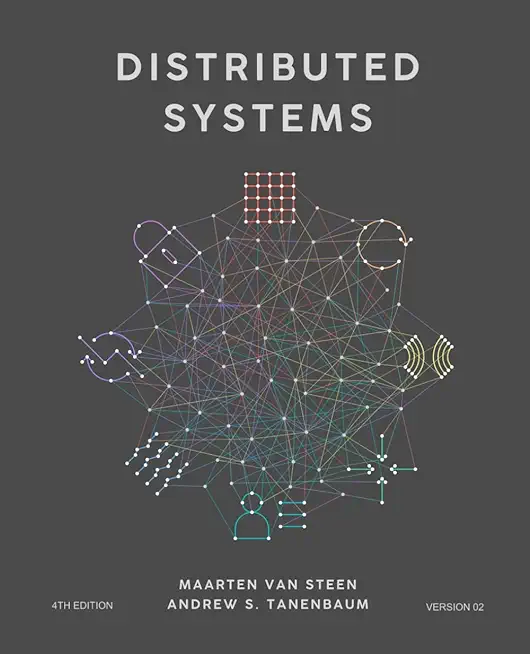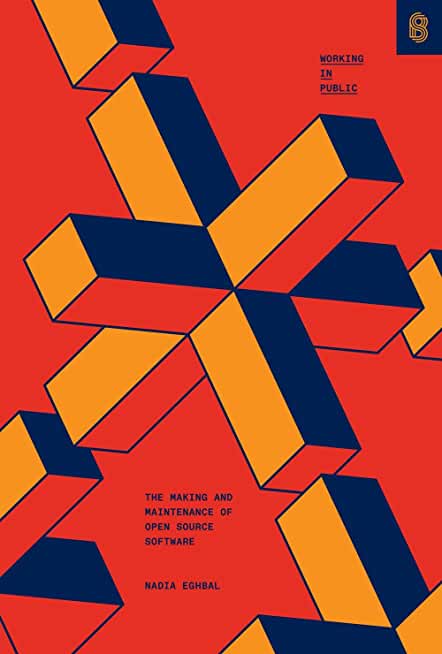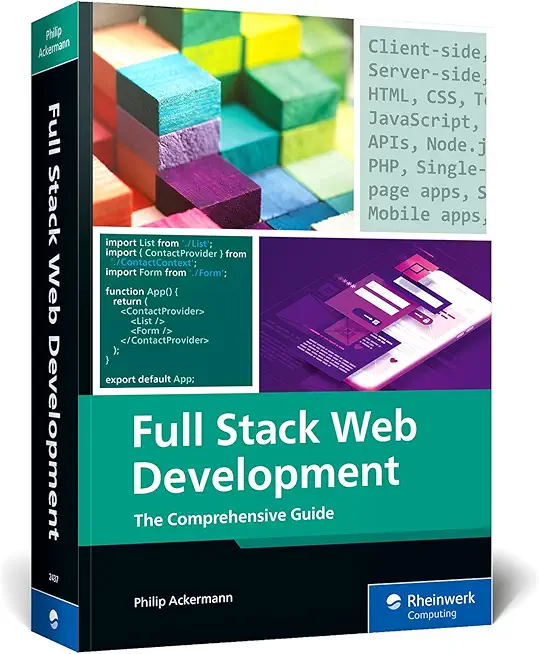Managing Agile Projects Using VSTS Training in Lodi
|
We offer private customized training for groups of 3 or more attendees.
|
||
Course Description |
||
| This 3-day course provides project managers, scrum masters, and team
leads with the essential skills required to effectively manage a
software development project using Microsoft Visual Studio Team Services
(VSTS). The course focuses on Agile methodologies, and includes
discussions and content focused on both Scrum and Kanban practices. We
look at how VSTS supports the team during the sprint planning and daily
Scrum events, as well as how to create and manage the product backlog
and sprint backlog artifacts. Attendees will plan a new software
development project and go through the steps to initiate the project
using VSTS. This includes recording requirements, creating a product
backlog, and estimating effort for backlog items. We will cover planning
and running a sprint as well as using the task board and burn-down chart
to track progress. The class also covers using storyboards to prototype
experiences, requesting stakeholder feedback, team collaboration, and reporting.
Course Length: 3 Days
Course Tuition: $2060 (US) |
||
Prerequisites |
|
| Attendees should have some familiarity with leading a software development team. | |
Course Outline |
|
Module 1: Introducing the Microsoft Visual Studio 2017 Family
What’s new in Visual Studio 2017
Overview of the Visual Studio 2017 family
Overview of product features
Project workflow across the Visual Studio 2017 suite of products
Module 2: Initiating a New Project
Organizing projects in VSTS
Understanding process templates
Creating a new team project
Setting team project properties
Module 3: Getting Our Team Started
Configuring teams in our team project
Setting team properties
Configuring iterations for VSTS teams
Module 4: Creating our Product Backlog
Understanding requirement types
A review of user stories
Creating backlog items in TFS
Traceability between work items
Creating requirement hierarchies using features
The importance of acceptance criteria
Module 5: Enhancing Requirements
Creating and recording personas
Overview of storyboarding capabilities
Creating a storyboard to illustrate a requirement
Linking a storyboard to a work item
Module 6: Agile Estimation
Introduction to Agile estimation
Using story points
Planning Poker and other popular estimation techniques
Adding your estimates to VSTS work items
Module 7: Working in Sprints (Planning)
Our Sprint planning meeting
Specifying your sprint schedule and your team capacity
Selecting items for the sprint backlog using forecasting
Decomposing requirements into tasks
Using burndown charts to track progress
Monitoring work using the task board
Working with unparented work items
Module 8: Working in Sprints (Execution)
Overview of Agile testing
A lap around web-based test management
Creating a test plan
Creating manual test cases from requirements
Overview of Agile development
Using My Work to select tasks from the sprint backlog
Understanding the value of linking changesets to work items
Module 9: Working in Sprints (Delivery)
Understanding potentially shippable increments
Ensuring you’re ready for the review meeting
Continuous integration
Release Management
Module 10: Retrospectives
The importance of retrospectives
Conducting an efficient sprint retrospective
What you should avoid in your retrospective
Module 11: Working from the Product Backlog
Introducing the Kanban board
Entering and editing details on the Kanban board
Customizing columns, including using split columns and limiting WIP
Recording our Definition of Done (DoD)
Understanding the Cumulative Flow Diagram
Module 12: A Closer Look at Work Items
Overview of work items
Searching and creating custom queries
Work item tagging
Configuring project notifications
Module 13: Tracking Progress with Dashboards and Reports
Searching and creating custom queries
Work item charting and pinning charts
Creating dashboards
Introduction to PowerBI
Using the PowerBI content pack
Module 14: Getting Stakeholder Feedback
Introducing the Microsoft Feedback Client
Using the Microsoft Feedback Client to provide rich feedback to the team
Adding continuous feedback into your workflow
|
Course Directory [training on all levels]
- .NET Classes
- Agile/Scrum Classes
- AI Classes
- Ajax Classes
- Android and iPhone Programming Classes
- Azure Classes
- Blaze Advisor Classes
- C Programming Classes
- C# Programming Classes
- C++ Programming Classes
- Cisco Classes
- Cloud Classes
- CompTIA Classes
- Crystal Reports Classes
- Data Classes
- Design Patterns Classes
- DevOps Classes
- Foundations of Web Design & Web Authoring Classes
- Git, Jira, Wicket, Gradle, Tableau Classes
- IBM Classes
- Java Programming Classes
- JBoss Administration Classes
- JUnit, TDD, CPTC, Web Penetration Classes
- Linux Unix Classes
- Machine Learning Classes
- Microsoft Classes
- Microsoft Development Classes
- Microsoft SQL Server Classes
- Microsoft Team Foundation Server Classes
- Microsoft Windows Server Classes
- Oracle, MySQL, Cassandra, Hadoop Database Classes
- Perl Programming Classes
- Python Programming Classes
- Ruby Programming Classes
- SAS Classes
- Security Classes
- SharePoint Classes
- SOA Classes
- Tcl, Awk, Bash, Shell Classes
- UML Classes
- VMWare Classes
- Web Development Classes
- Web Services Classes
- Weblogic Administration Classes
- XML Classes
- Introduction to Spring 6, Spring Boot 3, and Spring REST
15 December, 2025 - 19 December, 2025 - See our complete public course listing
Agile/Scrum Uses & Stats
|
Difficulty
|
Popularity
|
Year Created 2001 |
|
Pros
Faster Deployment of Solutions
Gives Every Team Member a Purpose
Keeps the End Goal in Mind at Every Level
Promotes Flexibility in Order to Adapt
Faster Detection of Issues and Defects |
Cons
Can Act As a Band-Aid to Bigger Problems
Can Create a Micro-Managed Environment
Not Everyone Is On Board
Push for Higher Performance
Not Well-Suited for Every Project |
| Agile/Scrum Job Market |

Average Salary
|

Job Count
|

Top Job Locations
Agile and SCRUM methodologies are practiced mostly in larger organizations that have cross-platform teams that need to be on the same page. Adoption rates vary in different industries.
Industry Agile Adoption Rate Software (ISV) 23 percent Financial services 14 percent Professional services 12 percent Insurance 6 percent Healthcare 6 percent Government 5 percent Telecoms 4 percent Transportation 4 percent Manufacturing 4 percent |
|
Complimentary Skills to have along with Agile/Scrum
Agile Methodologies and Frameworks include: ASD - DevOps - DAD - DSDM - FDD - IID - Kanban - Lean - SD - LeSS - MDD - MSF - PSP - RAD - RUP - SAFe - Scrum SEMAT TSP UP XP The Standards and Bodies of Knowledge Include: BABOK - CMMI - IEEE standards - ISO 9001 - ISO/IEC standards - PMBOK - SWEBOK - ITIL |






